Paleo & AIP Travel Food Guide & Checklist
This post contains affiliate links. Learn what that means here.
I never really considered myself much of a big traveler in comparison to others, but with the number of trips that I have planned for work, pleasure, and seeing family piling up this year, I think I’m finally passing into that territory. I love traveling, but it can be sure to take the wind out of your sails with jet lag, time spent in airports or cars, and especially time spent planning food if you’re on a healing diet! Even just one trip on a healing diet can be a huge undertaking. Having traveled a ton both domestically and itnernationally (both to Europe and Asia) since I’ve gone paleo and modified autoimmune protocol to keep with my Hashimoto’s and gut health, I’ve had to become an expert on travel food to stay happy on the road, which is why I’m happy to share this AIP/ paleo travel food guide!
Though it may be a lot of effort to plan this far ahead, it’s 100% worth it. Folks often ask me if I “take a break from my diet” on the road, and the answer is “no”. It’s not a diet to keep me looking a certain way… it’s a lifestyle to keep me healthy, happy, and thriving. My intolerances and reactions don’t take a vacation, and though it may seem fun to throw caution to the wind and eat whatever, the reactions are not worth it. I’d much rather have a great time traveling with my own food than eat whatever I come across and feel sick. We all have our own priorities, but feeling well is worth the effort!
Like I said, I’ve traveled a lot since I’ve gone AIP/ Paleo. I’ve been on trips where I’ve had a full kitchen, trips where I’ve been overseas and had no fridge or kitchen, trips where I’ve been able to eat out, and trips where I’ve eaten 100% out of my suitcase. Every trips is different, but here are my best tips…
Paleo/ AIP Travel Food Tips
Food Check List
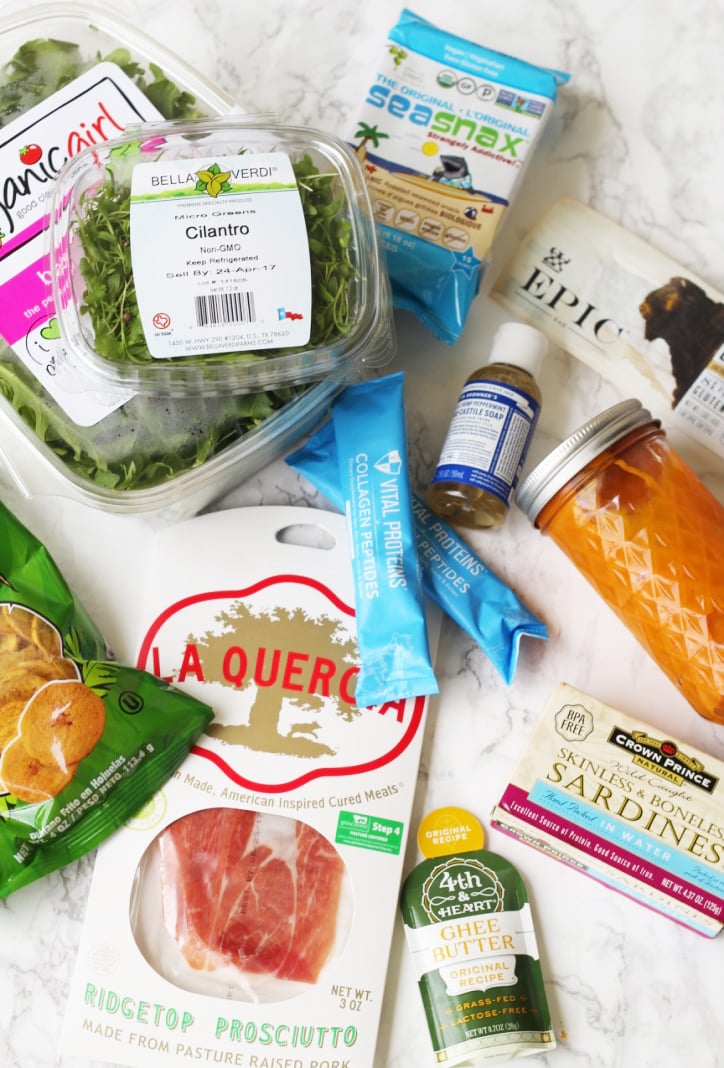
Fruits & Vegetables
- Fresh sliced carrots
- Fresh celery
- Fresh greens like bagged arugula or herbs (keep cold with ice packs)
- Baby food with no additives (perfect for when you don’t have a fridge)
- Seasnax seaweed packs
- Vital proteins collagen veggie blend
Starches
- Plantain chips
- Sweet potato chips
Fats
- Single serve coconut oil packs
- Ghee on the go from 4th and Heart (not AIP but I LOVE these)
- Travel size olive oil
Proteins
- Homemade beef jerky (leave out blueberries if desired)
- EPIC bars
- Canned sardines (or salmon)
- Prosciutto
- Frozen pot roast & veggies
- Frozen bone broth soups (I then cook mine in my mini crockpot.. details below)
- Vital proteins collagen on the go packs
Supplements
- Digestive Enzymes
- Betaine HCL (for stomach acid production)
- Activated charcoal (great for if you get an upset stomach)
Other
- Ice packs (you can bring them on the plane as long as they’re frozen)
- Cooler (I use this for shorter distances and this rolling cooler for longer flights)
- Mini-crockpot or hot logic oven
- Water bottle
- Travel size soap (to wash utensils)
When it comes to food, I always bring more than I think I’ll need. When I went to Indonesia for a business, I wound up bringing back a ton of food with me that I didn’t eat because I was so jet lagged that my appetite was a mess, but I was happy to have too much food than not enough considering I didn’t get to eat out or go to a grocery store once!
Meal Ideas
Sit down meal with a cooking device (stove, or travel crackpot)
Carrot & bone broth soup cooked in the crockpot with a side salad of arugula, cilantro, proscuttio and olive oil.
Simple salad
Fresh greens and herbs, travel olive oil, sardines, and sea snax.
On the go
Homemade beef jerky, plantains chips, and baby food. Perfect for a picnic lunch!
Throw in you purse essentials
I love having some vital proteins, tea, epic bars, ghee on the go, and baby food just in my purse at all times in case I get hungry!
Lodging & Eating Out Tips
1. Always “try” to get a full kitchen
Yes, if you can get a full kitchen, that’s always the most ideal situation. That way, you can pack less food and have more fresh meals during your stay. Air B n B is always a good option for finding a suitable kitchen, but many hotels also come with full kitchens!
2. If you can’t get a kitchen, bring a travel cooler and mini cooking device
Truth is, you can’t always get a full kitchen. I’ve been on many trips where I haven’t had one and have wound up just fine. If you don’t have a kitchen bring a mini cooking device to warm up your food and a travel cooler to keep it cold. Hotel always have ice to top off your cooler!
My mini crockpot is a lifesaver! I eat a lot of bone broth, and soup, so it’s perfect for heating up frozen soups. The hot logic oven is also a good one to have!
3. For eating out, be wary of cross contamination, oils and additives.
With eating out, I’m always overly cautious, but I never regret it. Even if a menu item says “gluten free”, that doesn’t mean that it wasn’t cross contaminated, or cooked in something like canola oil. As someone who has worked in a lot of restaurants in my past, I know from experience that most places aren’t overly cautious or really even that educated on how to avoid cross contamination. Don’t throw caution to the wind just because something seems promising enough… ask questions, and stay cautious.
4. Do your research for good restaurants.
Great restaurants that are safe to eat at do exist, you just have to do some research! I’ve been able to eat out at awesome spots like Mission Heirloom in Berkely, CA, and Picnik in Austin, TX and I’ve loved every second of it. Eileen at Phoenix Helix wrote an amazing paleo restaurants guide that’s great to reference! Do your research, and call ahead, and you may be surprised at what’s out there.
5. When in doubt, order a mostly raw meal and layer on your own food to bulk it up.
Whenever I’m iffy about cross contamination and mystery oils, I always order a mostly raw meal and then layer on with food in my purse! An example of that may be that I’ll order a plain salad and add on my own olive oil and epic bar! Easy peasy.
6. Don’t stress… just prepare as much as you can and have fun!
Don’t sweat the small stuff. We all make mistakes, and it’s not the end of the world if you slip up. Just prepare as much as you can, and have fun!
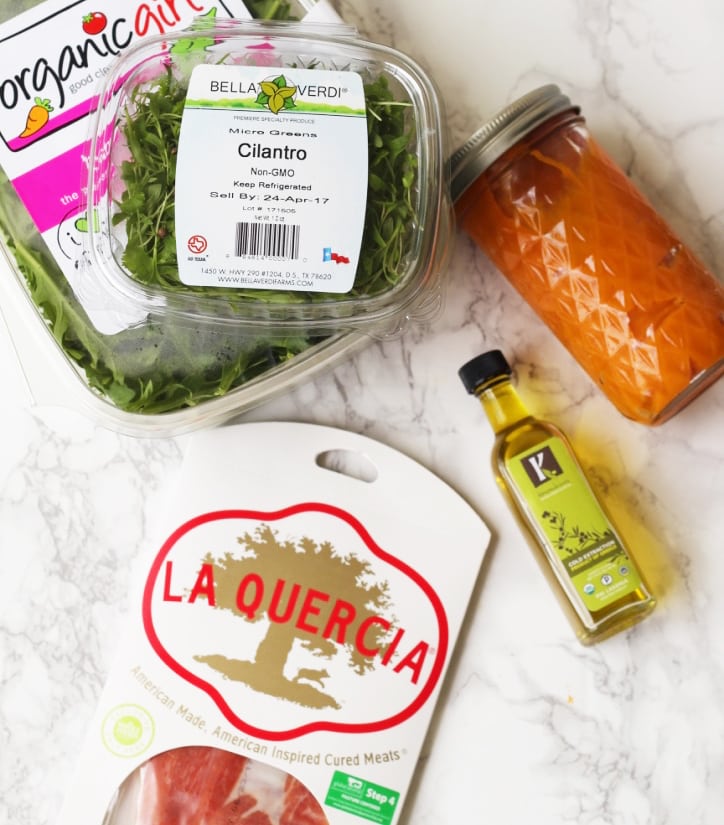

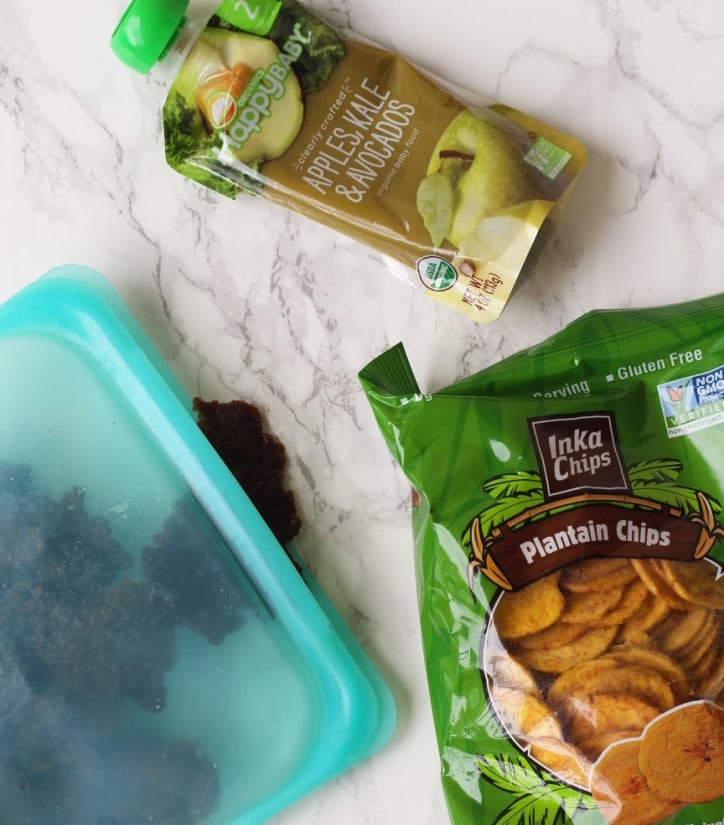

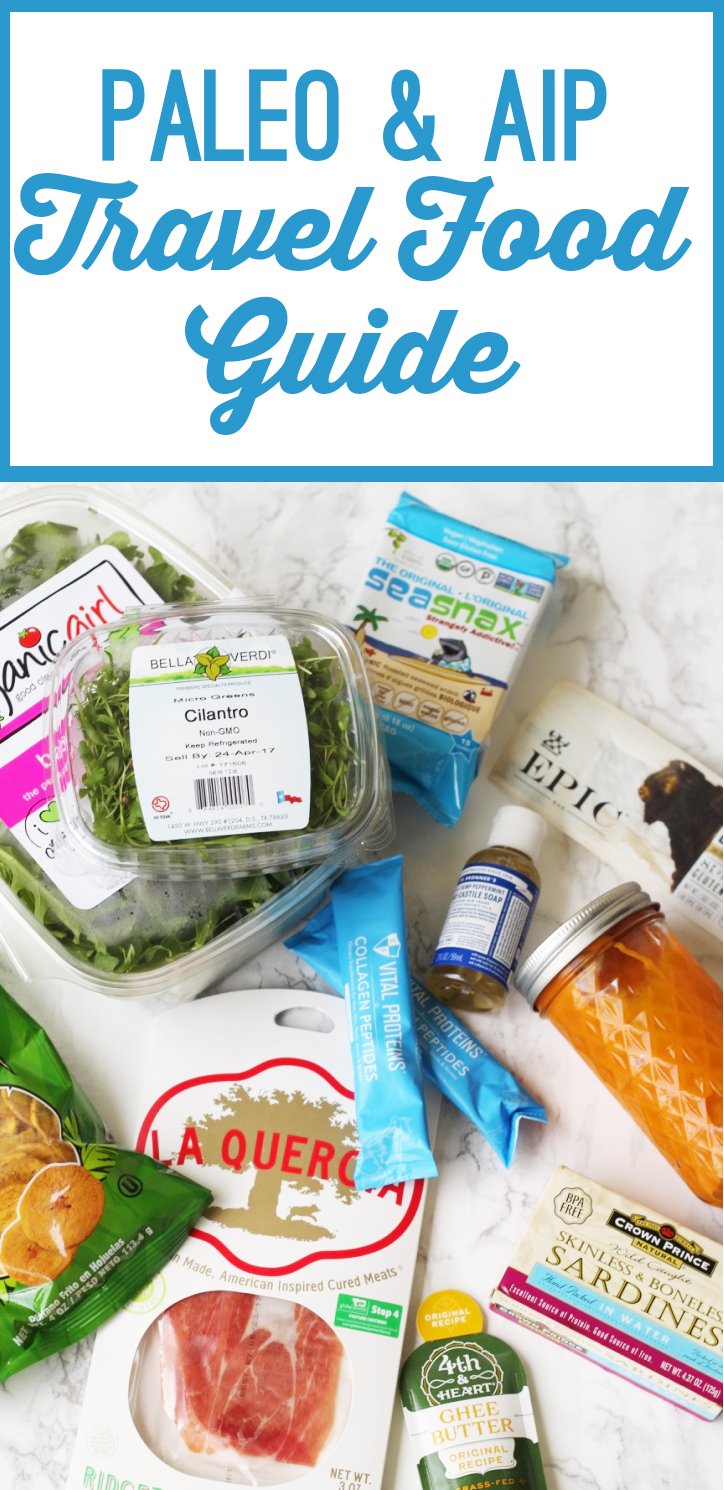

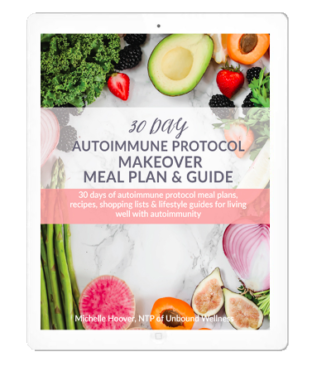
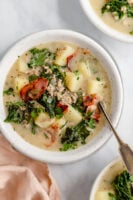
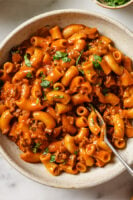
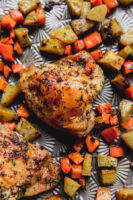
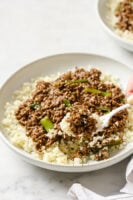
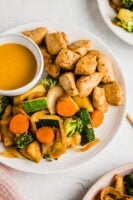
Thanks for this article. I’m preparing for an international trip and have heard feedback from other folks on healing diets about bringing food overseas and having it confiscated. Any experience there or tips that could prevent these efforts from going to waste?
I haven’t really had this happen that often, so you just have to be aware of the current rules of the specific customs you’re going through to stay safe.
Thanks for the tips! It made my anniversary trip to Jamaica so much easier! I did learn not to bring fresh fruits-as they will be confiscated-my prepackaged stuff was fine.
Pingback: PALEO OVERSEAS TRAVEL - Cathryn Fowler
Pingback: Tips for: Eating Out – Concentrated Goodness